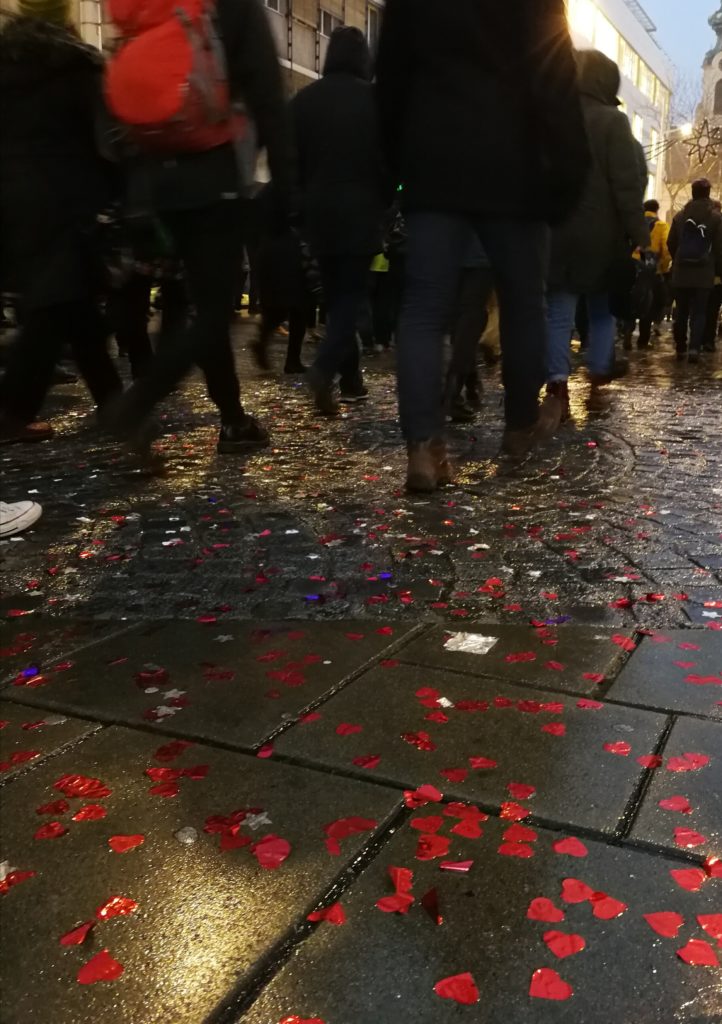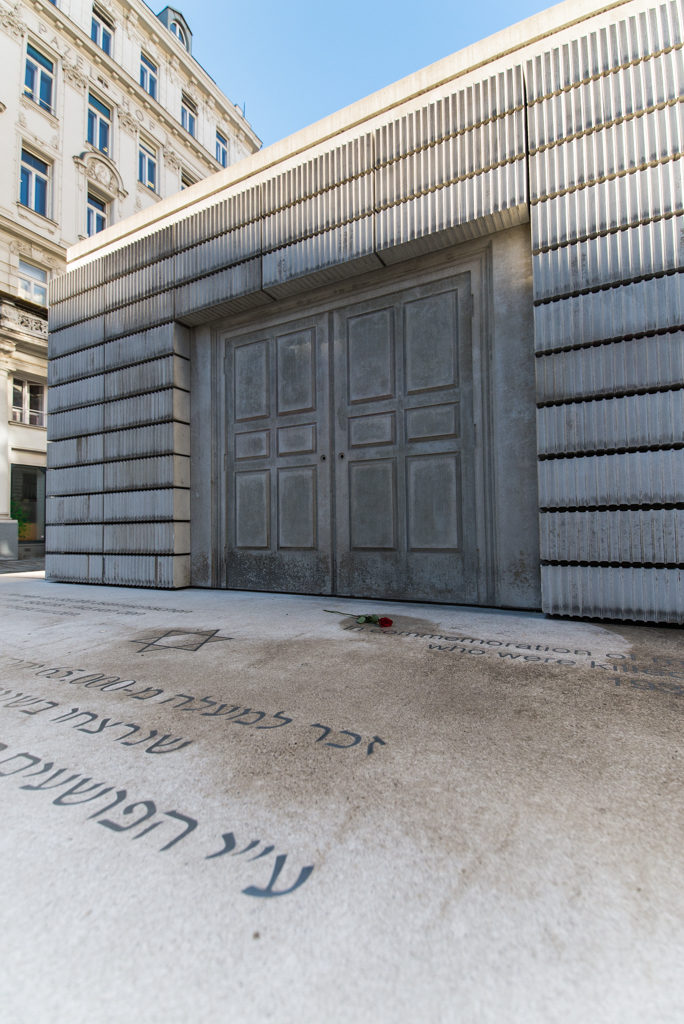
On January 27th, Vienna commemorates the Holocaust Memorial Day. 72 years ago, on January 27 1945, the Red Army liberated the concentration camp in Auschwitz-Birkenau, the biggest Nazi concentration camp.
More than six million Jews were killed in the holocaust, plus an estimated number of 200,000 Roma and Sinti, 250,000 mentally or physically disabled people, and 9,000 homosexual men. To never forget the tragedy, the United Nations declared January 27 International Holocaust Remembrance Day.
80 years ago, in 1938, Austria was annexed to the Third Reich and Adolf Hitler famously welcomed by the masses in the streets of Vienna. In the following seven years, more than 65,000 Austrian Jews lost their lives and the Jewish community was extinguished.
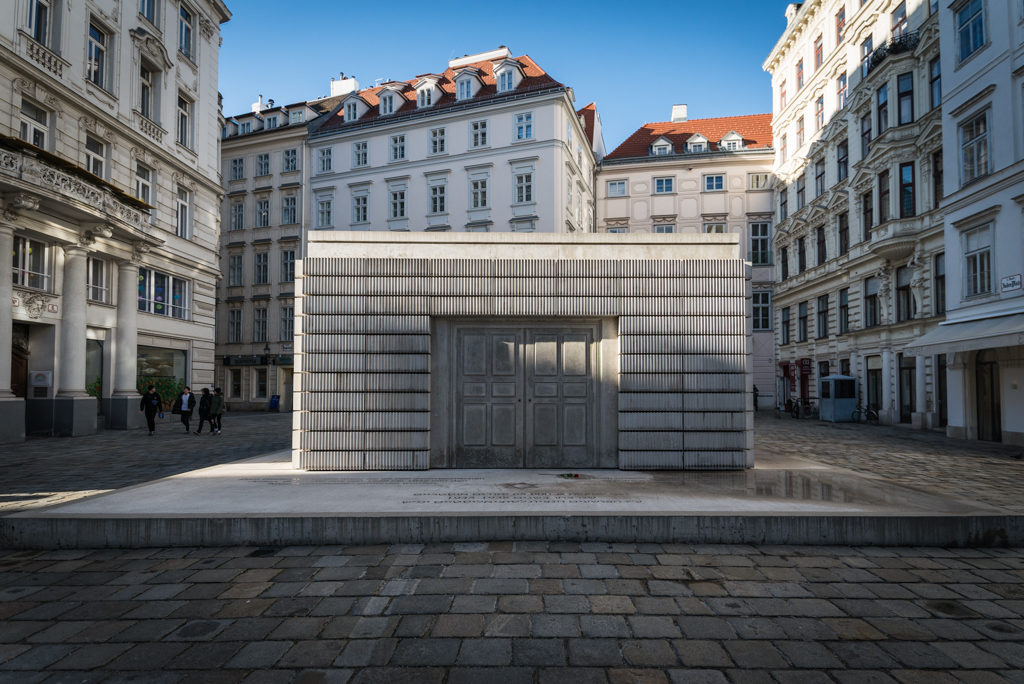
Judenplatz, the Jewish Square, in the center of Vienna, is now a sleepy, little square. Once it was the center of the Jewish community, Instead of a synagogue, a holocaust memorial stands on Judenplatz today, to remind the passers-by of the Jewish lives that vanished in the third Reich. The concrete cube, designed by the British artist Rachel Whiteread, resembles a library, but the books are turned inside out. They are inaccessible, unreadable, a symbol of the many biographies, the untold, unheard stories, that were irreversibly lost in the holocaust.
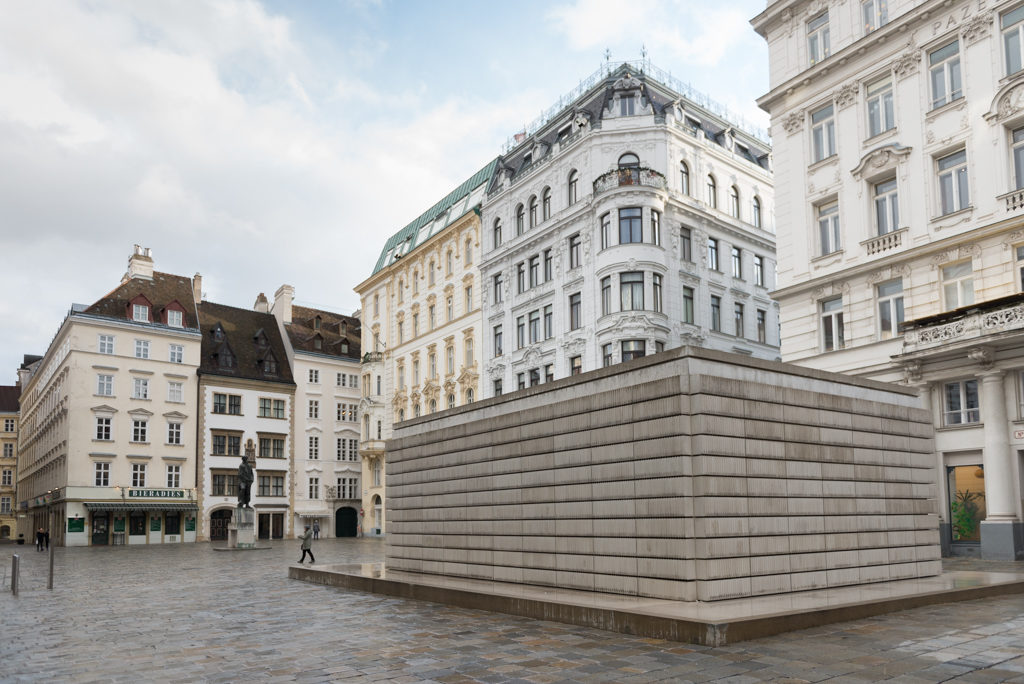
It was WWII that ended the abhorrent Third Reich, a war that came at a high toll for the city of Vienna and its inhabitants. Thousands of civilians lost their lives in the cruel fights over the city. It was also the Red Army that liberated Vienna from the Nazis.
Today, Vienna is again capital city of the Austrian Republic, but still high bunkers are scattered all over Vienna. These towers, unique to the cities Hamburg, Berlin and Vienna, and equipped with canons to fight hostile bomber planes, were built by the Nazis in a last and futile attempt to withstand the allied bombardments.
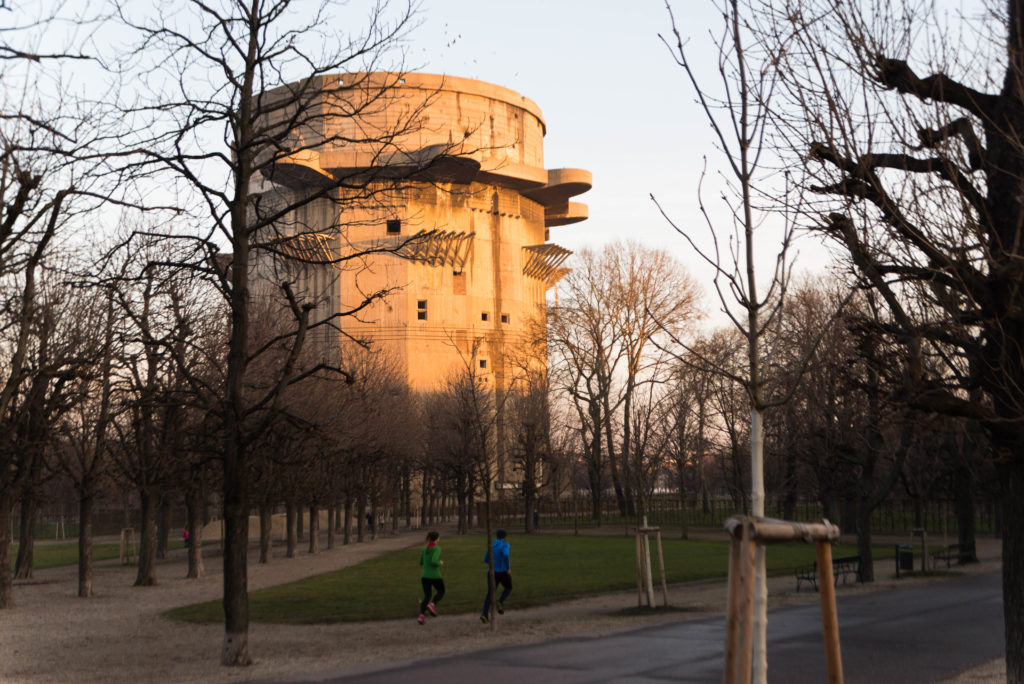
This year however, the commemoration day is over shadowed by the recent inauguration of Austria’s new government, a right-wing neo-liberal coalition, which – following an international trend – fails to distance itself from fascist thinking. Are the tragic events of 20th century already forgotten in Austria?
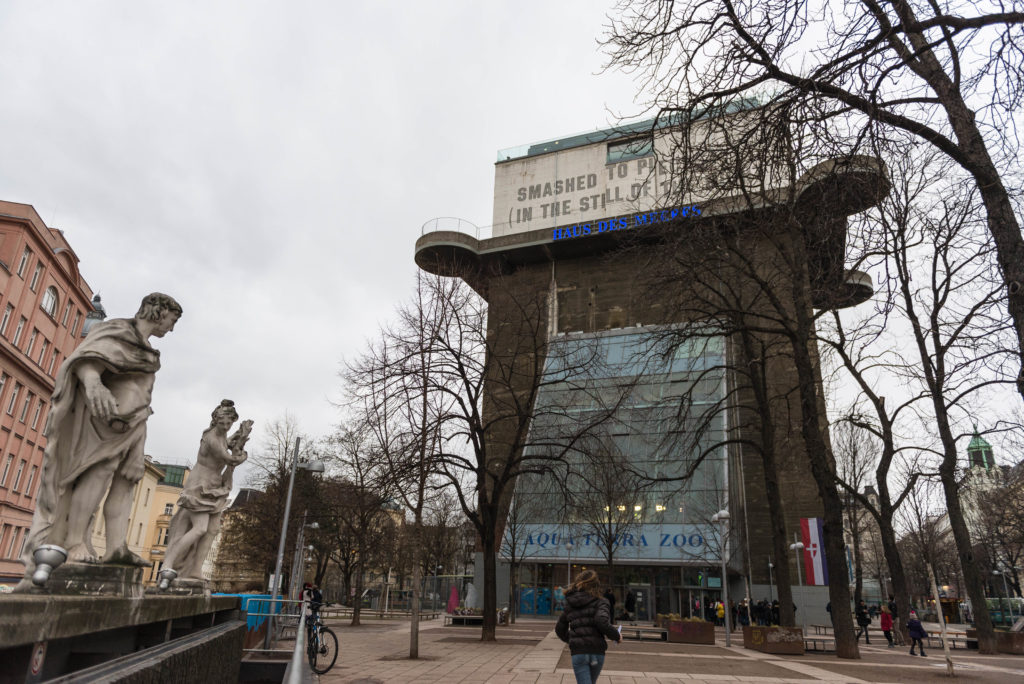
Two weeks ago, on January 13, the streets filled again. Despite the bitter cold winter weather, an estimated number of 70,000 people, peacefully demonstrated the Austrian new government’s program of economic aggravation and xenophobia, reminding many of the bitter days of the Third Reich. But instead of bombs, it rained hearts. For a day, Vienna was filled with love – and hope that history will not repeat itself.
